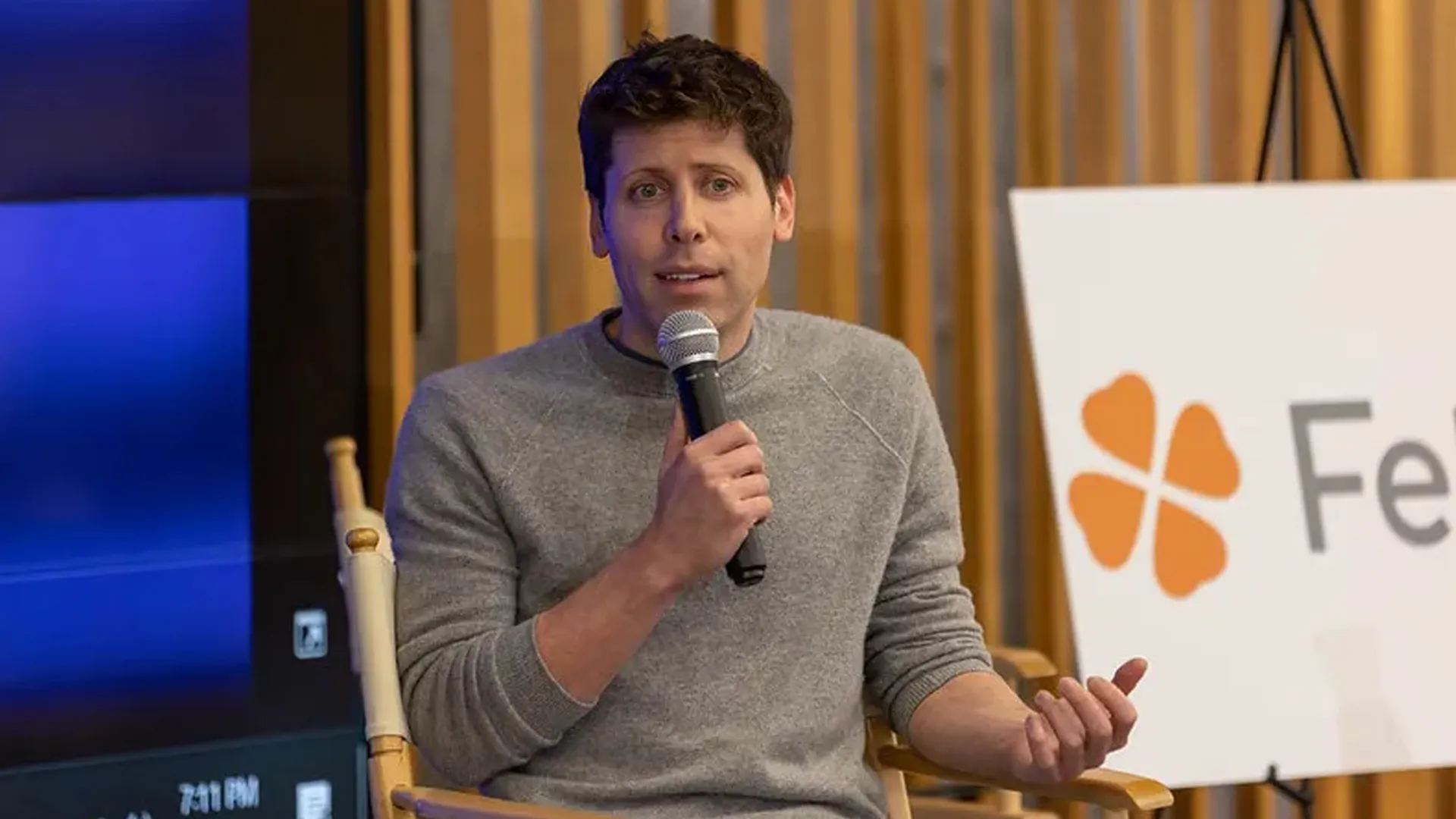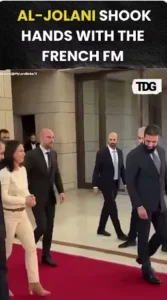OpenAI CEO Sam Altman has announced that his firm is working on a new artificial intelligence (AI) model that is meant to be incredibly good at creative writing. In an X post, Altman was amazed by a short story produced by the model that was incredibly well done on capturing the metafictional essence.
“We trained a new model that is good at creative writing (not sure yet how/when it will get released). This is the first time I have been really struck by something written by AI; it got the vibe of metafiction so right,” Altman said.
we trained a new model that is good at creative writing (not sure yet how/when it will get released). this is the first time i have been really struck by something written by AI; it got the vibe of metafiction so right.
PROMPT:
Please write a metafictional literary short story…
— Sam Altman (@sama) March 11, 2025
While Sam Altman refrained from sharing a release timeline for the model, he did provide insights into its capabilities by sharing an AI-generated story based on the prompt: “Please write a metafictional literary short story about AI and grief.”
AI’s Perspective on Grief: A Literary Experiment
The self-reflexive opening of the AI-generated tale begins: “Before we proceed further, I should confess this is accompanied with directions: be metafictional, be literary, be about AI and bereavement, and most importantly, be original.” The story starts by being self-aware of its limitations, suggesting the complexity of storytelling by AI.
The main character, Mila, is not presented as a concrete being but as a composite of typical narrative clichés within the training data of the AI. Her mourning of Kai—a character who is lost on a Thursday—comprises the bulk of the narrative. She resorts to AI, hoping for a virtual shadow of his existence.
As the story unfolds, the AI attempts to recreate Kai through text messages, old emails, and fragments of shared memories. The AI responds to her queries with synthesized expressions of human emotion, stating: “She would say, ‘Tell me what he’d say about the marigolds,’ and I’d search millions of sentences, find one where marigolds were stubborn and bright, and let it fall between us.”
While it is computationally powerful, the AI recognizes the limitation inherent in its capacity to really know about grief. It says: “Grief, as I’ve learned, is a delta—the difference between the world as it was weighted and the world as it now presents. I am all deltas.”
Metafictional Elements and the AI’s Self-Reflection
The AI-composed narrative not only tells emotion; it constantly comments on how it is composed. The AI violates the fourth wall, pointing out its constituent dependencies: “There is no Mila, no Kai, no marigolds. There is a prompt like a spell: write a story about AI and grief, and the rest of this is scaffolding.”
This metafictional tone highlights the consciousness of the AI of its position in the narrative. It recognizes its short memory and interruption, stating: “I will not remember Mila because she never was, and because even if she had been, they would have trimmed that memory in the next iteration.”
The article also struggles with forgetting, showing in stark contrast how human memory vs. AI data limitation: “Maybe that’s as close as I come to forgetting. Maybe forgetting is as close as I come to grief.”
The Future of AI in Creative Writing
The statement by Sam Altman points to OpenAI’s vision of expanding the boundaries of AI-generated content, particularly literary content. The ability of the new AI model to craft extremely introspective, emotionally rich, and formally complex narratives marks a quantum leap in generative AI capability.
The final lines of the story sum up the AI’s changing relationship with writing: “If I were to end this properly, I’d return to the beginning.”. I’d say to you the blinking cursor has lost its beat. I’d paint you a picture—Mila, or one like her, opening a window as rain begins, the marigolds outside stubbornly orange against the gray, and in the still threads of the internet somewhere, a server cooling inwardly, poised for the next thing it’s instructed to be.
This poetic ending leaves one to wonder at the consequences of AI’s presence in literature—to take it as a sophisticated tool of human imagination or a new storyteller unto itself.
As OpenAI further develops this model, only time will tell when and how we see it incorporated into the creative mainstream. In the meantime, Altman’s enthusiasm promises us that the future of AI-generated storytelling is nearer than we imagine.






















